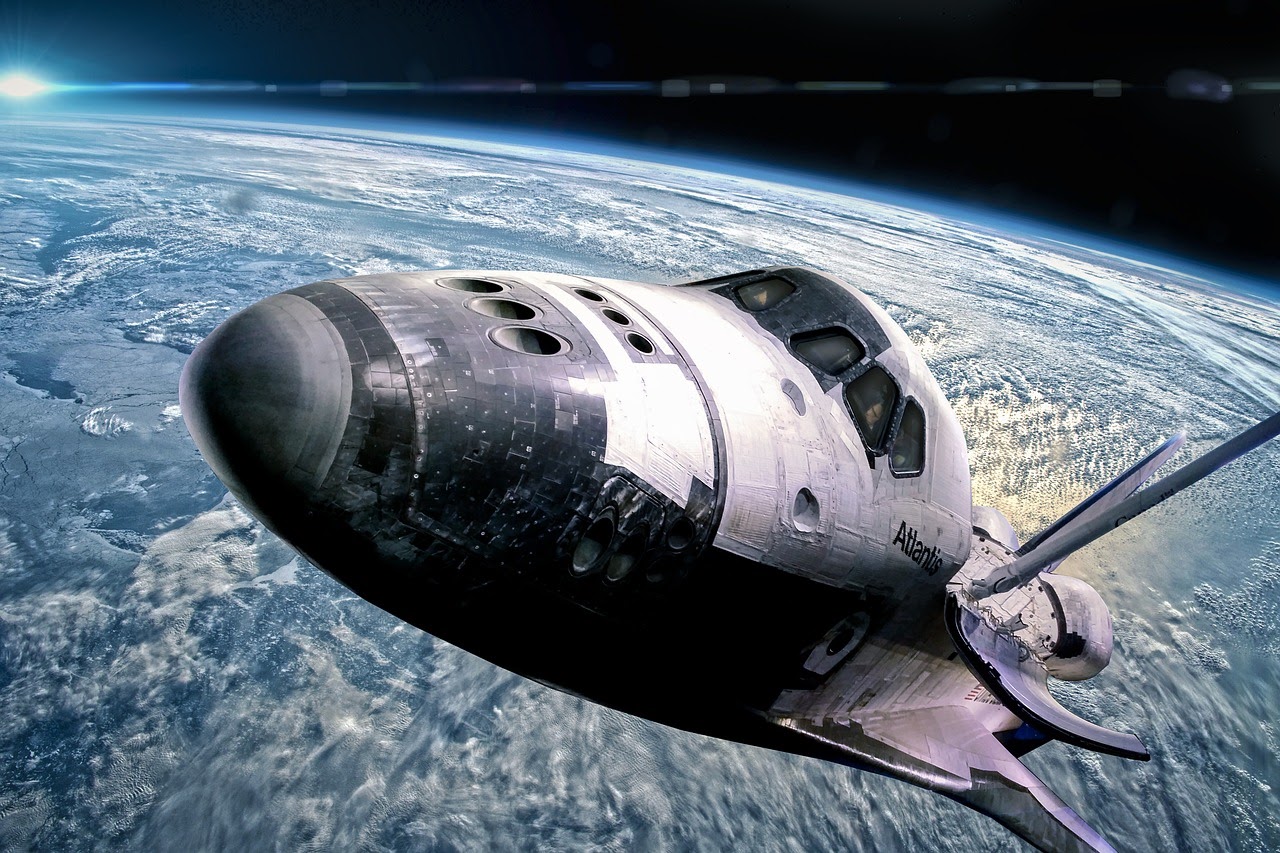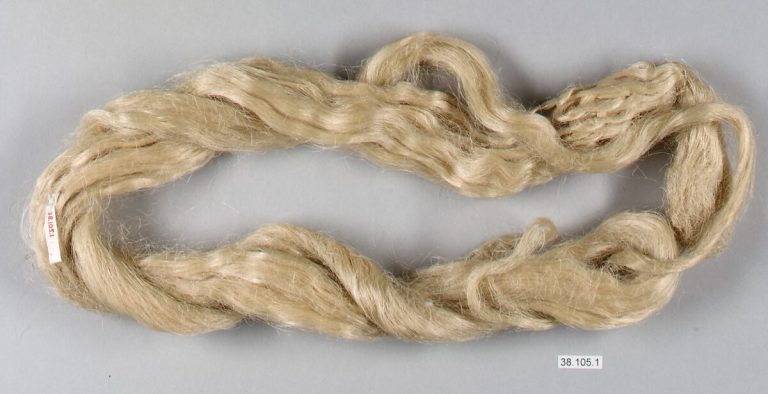The billionaire space race was kicked off when Sir Richard Branson, the British founder of Virgin Galactic, entered space with a private crew on Sunday, July 11, launching from New Mexico. Branson’s historic space adventure, Unity 22 Mission, comes barely 10 days before Amazon founder Jeff Bezos is scheduled for his trip into suborbital space on a spacecraft developed by his company Blue Origin.
Branson’s Virgin Galactic crew consisted of lead operations engineer Colin Bennett, chief astronaut instructor Beth Moses, and the company’s vice president of government affairs and research operations, Sirisha Bandla.
The crew went to space aboard the supersonic space plane called the VSS Unity. Piloted by Dave Mackay and Michael Masucci, VSS Unity is powered by a single rocket motor and is the result of almost two decades of development by Branson’s Virgin Galactic.
The billionaire’s space journey started in 2004 when he announced his plans for making a space plane. At the Royal Aeronautical Society in London in September 2004, Branson had announced that he expected to have flights to space by 2007, adding that the trip was expected to cost around 100,000 pounds.
However, Branson had to weather through several technical difficulties including the fatal crash in 2014 to make his dream a reality.
Success
You are now signed up for our newsletter
Success
Check your email to complete sign up
“I’ve wanted to go to space since I was a kid, and I want to hopefully enable hundreds of thousands of other people over the next 100 years to be able to go to space… I want people to be able to look back at our beautiful Earth and come home and work very hard to try to do magic to it to look after it,” Branson told BBC.

VMS Eve, a massive twin-fuselage “mothership” plane, was responsible for executing the first phase of Branson’s journey into space. VSS Unity took to the skies attached under the wing of VMS Eve at 8:30 a.m. MT from the Spaceport America runway in New Mexico.
Once Eve climbed to approximately 50,000 feet, the Unity spaceship was released and its rocket engine roared into life, accelerating to three times the speed of sound. The spacecraft reached an altitude of 53.5 miles (approx. 282,000 feet) and did a slow backflip in microgravity.
The crew was able to enjoy their first zero weight experience and floated around inside the cabin. After some time, the vehicle returned to earth’s atmosphere and glided back to Spaceport America’s runway from where it had earlier taken off.
“I was once a child with a dream looking up to the stars. Now I’m an adult in a spaceship looking down to our beautiful Earth. To the next generation of dreamers; if we can do this, just imagine what you can do,” Branson tweeted from space.
Virgin Galactic has received around 600 reservation requests for future commercial space flights. VSS Unity can carry up to six passengers apart from two pilots, with a trip to space costing between $200,000 and $250,000.
















